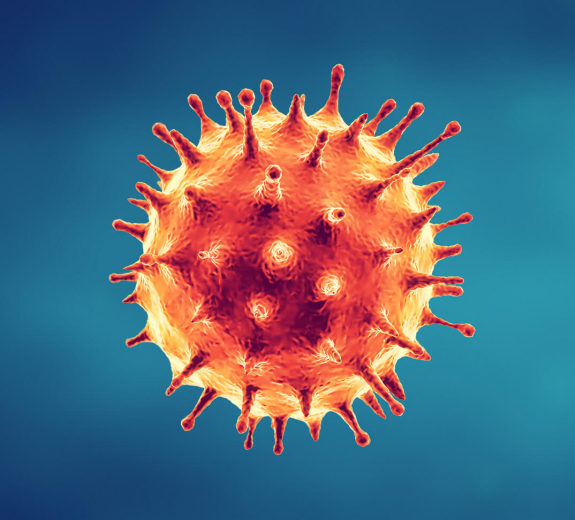“Our work studying virus mechanisms went from being theoretical to being urgent,” says Adam Lacy-Hulbert, PhD. “All of a sudden, this research could mean identifying a drug or finding a new therapeutic target that could help stop the emerging pandemic.”
One of their most exciting findings was that COVID-19 uses a specific method to get inside your cells and make you sick. Viruses like Ebola and MERS use that same method. If certain genes are turned on, those viruses can’t infect your cells. Now the lab is examining if turning on those genes can help prevent COVID-19 and other viruses.
Discoveries Fuel Patient Care
Beyond the lab, BRI’s Center for Interventional Immunology has made key contributions to vaccine research. BRI helped test the Pfizer vaccine — and many employees stepped up as participants in the trial, contributing to data that helped prove the vaccine is safe and effective. This team has since conducted vaccine research among people with type 1 diabetes, rheumatoid arthritis and multiple sclerosis.
“We were really eager to bring our focus back to people with immune system diseases,” Dr. Speake says. “We’re working to understand if having these diseases or medications to treat them impact how well vaccines work.”
This research aims to help these communities understand their risk as we continue to live in a world with COVID-19.
“I’m so proud of our team,” Dr. Buckner says. “I’m proud of how quickly we got this research up and running. Of how we focused in and found answers to pressing questions early in the pandemic. I’m proud of how we’ve shared what we’ve learned with the public to help keep our communities safe. The pandemic has shown just how strong, resilient and dedicated BRI’s team is.”






